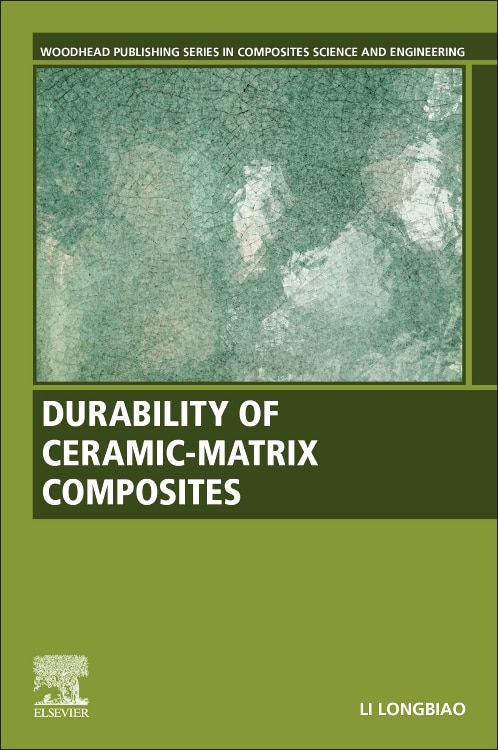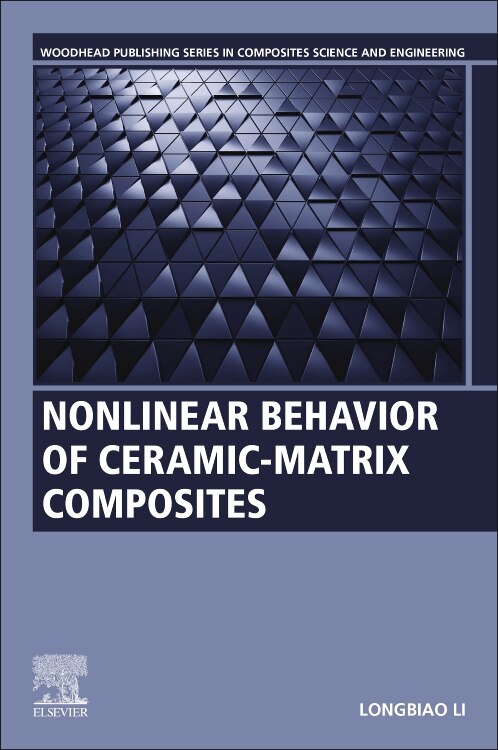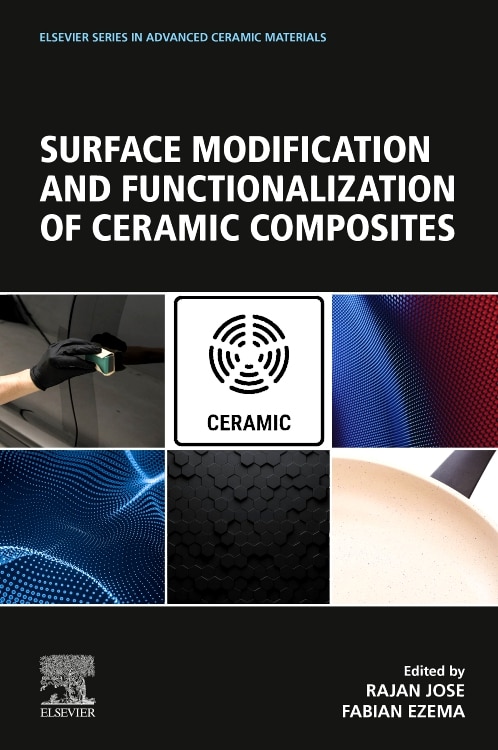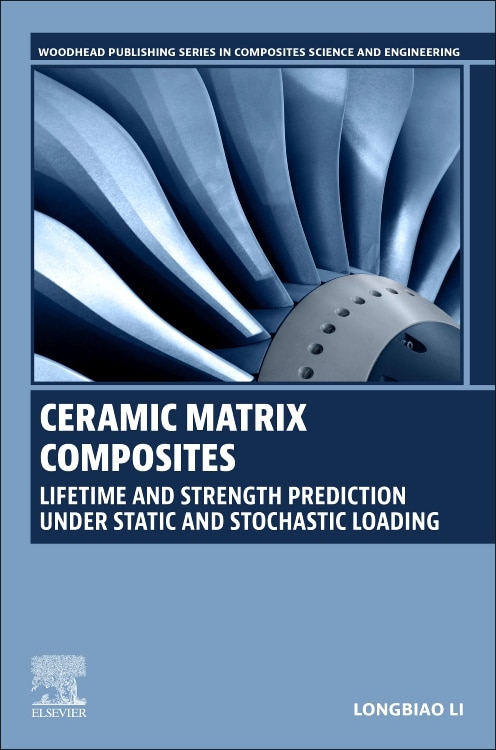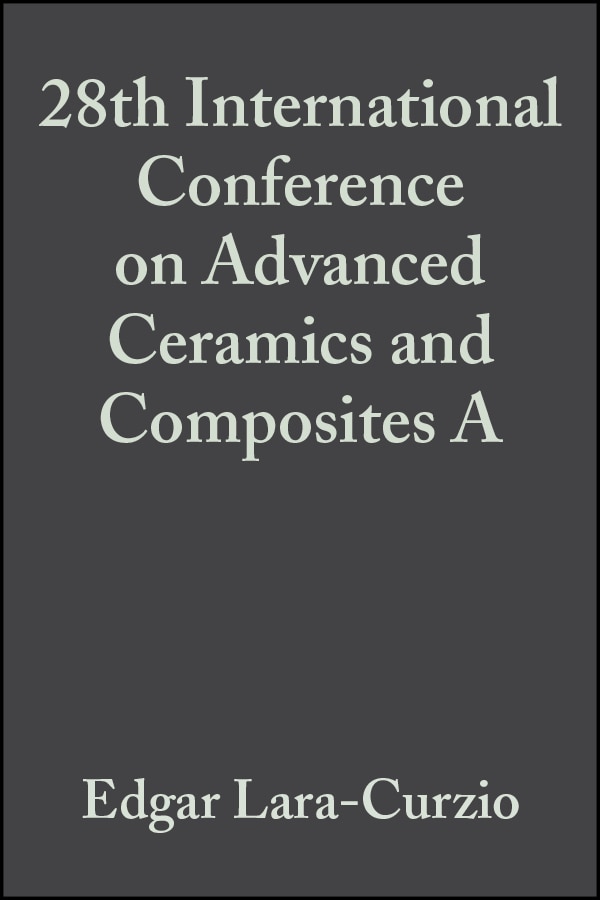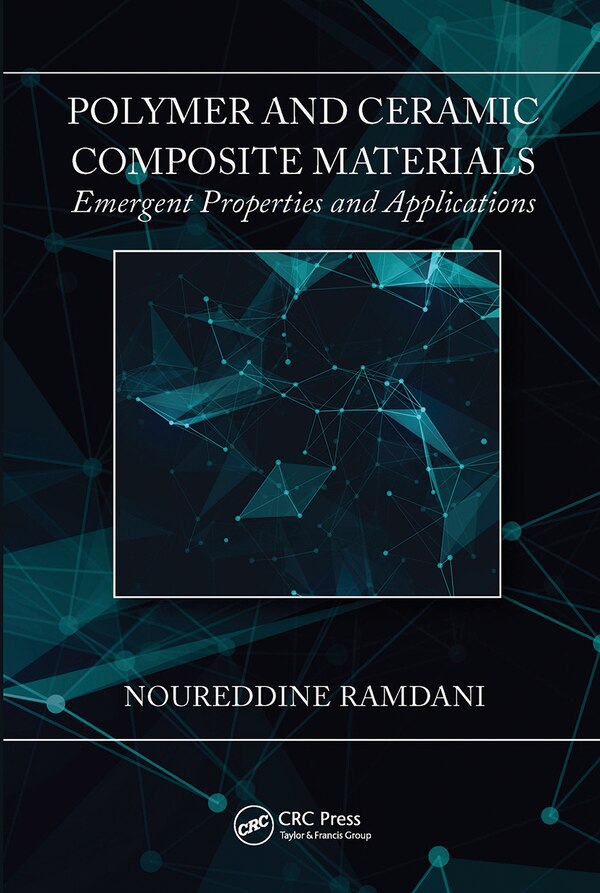
Give the Gift of Choice!
Too many options? Treat your friends and family to their favourite stores with a Bayshore Shopping Centre gift card, redeemable at participating retailers throughout the centre. Click below to purchase yours today!Purchase HereHome
Chemically Derived Ceramic Composites by Burtrand LEE, Paperback | Indigo Chapters
Coles
Loading Inventory...
Chemically Derived Ceramic Composites by Burtrand LEE, Paperback | Indigo Chapters in Ottawa, ON
From Burtrand LEE
Current price: $69.00

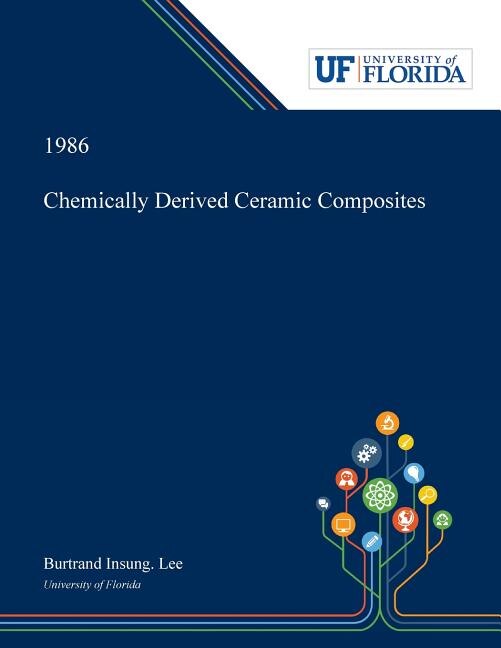
From Burtrand LEE
Chemically Derived Ceramic Composites by Burtrand LEE, Paperback | Indigo Chapters in Ottawa, ON
Current price: $69.00
Loading Inventory...
Size: 0.6 x 11 x 1.48
*Product information may vary - to confirm product availability, pricing, shipping and return information please contact Coles
Abstract:Silicon carbide was made from various organosilane precursors by crosslinking and pyrolyzing then in an inert atmosphere. Crosslinking of these silane precursors was studied by various means. The most successful means of crosslinking was found to be via a chemical free radical initiator, dicumyl peroxide. The mechanism of crosslinking for the precursors was determined. Pyrolyses of the silane precursors were carried out and increased ceramic yields after crosslinking were shown as compared with uncross- 1 inked precursors. The ceramic yields determined by TGA ranged from 10- 70% depending on the precursors and the crosslinking treatments. Partially densified sol-gel derived silica monoliths were impregnated with the silane precursors while the silica monoliths were still highly porous. Diamond microhardness values increased 2-3 times from unimpregnated gel derived silica monolith. A noderace increase in fracture toughness, Kjq, and flexural strengths was achieved. Optical and mechanical properties, and porosity data are presented. Using sol-gel silica precursors and the processing techniques of polysilanes to obtain 3-SiC, molecular composites of SiC with Si02, with Ti02 and with AI2O3 were made in monoliths and powder forms. Monolithic composites with a molecularly dispersed SiC phase in the Si02 gel matrix showed a hardening effect by the SiC phase. The molecular composite powders of SiC/Al203 showed no or little crystallization of either phase after heating to 1400°C. Monolithic silicon carbide/silica composites were made using commercially available fibrous silicon carbides and a tetral koxysilane precursor. Modest to low flexural strengths were obtained after heat treating to 900-1400°C, because of the high porosity in the composite. Cold pressing of the SiC and silica sol slurry improved the density and flexural strengths. Notched 3-point fracture toughness values, Kt,-, was as high as 7 MPa^m-'-'^. Excellent thermal shock resistance and oxidation resistance of these composites are shown. Dissertation Discovery Company and University of Florida are dedicated to making scholarly works more discoverable and accessible throughout the world. This dissertation, \Chemically Derived Ceramic Composites\ by Burtrand Insung. Lee, was obtained from University of Florida and is being sold with permission from the author. A digital copy of this work may also be found in the university's institutional repository, IR@UF. The content of this dissertation has not been altered in any way. We have altered the formatting in order to facilitate the ease of printing and reading of the dissertation. | Chemically Derived Ceramic Composites by Burtrand LEE, Paperback | Indigo Chapters
Abstract:Silicon carbide was made from various organosilane precursors by crosslinking and pyrolyzing then in an inert atmosphere. Crosslinking of these silane precursors was studied by various means. The most successful means of crosslinking was found to be via a chemical free radical initiator, dicumyl peroxide. The mechanism of crosslinking for the precursors was determined. Pyrolyses of the silane precursors were carried out and increased ceramic yields after crosslinking were shown as compared with uncross- 1 inked precursors. The ceramic yields determined by TGA ranged from 10- 70% depending on the precursors and the crosslinking treatments. Partially densified sol-gel derived silica monoliths were impregnated with the silane precursors while the silica monoliths were still highly porous. Diamond microhardness values increased 2-3 times from unimpregnated gel derived silica monolith. A noderace increase in fracture toughness, Kjq, and flexural strengths was achieved. Optical and mechanical properties, and porosity data are presented. Using sol-gel silica precursors and the processing techniques of polysilanes to obtain 3-SiC, molecular composites of SiC with Si02, with Ti02 and with AI2O3 were made in monoliths and powder forms. Monolithic composites with a molecularly dispersed SiC phase in the Si02 gel matrix showed a hardening effect by the SiC phase. The molecular composite powders of SiC/Al203 showed no or little crystallization of either phase after heating to 1400°C. Monolithic silicon carbide/silica composites were made using commercially available fibrous silicon carbides and a tetral koxysilane precursor. Modest to low flexural strengths were obtained after heat treating to 900-1400°C, because of the high porosity in the composite. Cold pressing of the SiC and silica sol slurry improved the density and flexural strengths. Notched 3-point fracture toughness values, Kt,-, was as high as 7 MPa^m-'-'^. Excellent thermal shock resistance and oxidation resistance of these composites are shown. Dissertation Discovery Company and University of Florida are dedicated to making scholarly works more discoverable and accessible throughout the world. This dissertation, \Chemically Derived Ceramic Composites\ by Burtrand Insung. Lee, was obtained from University of Florida and is being sold with permission from the author. A digital copy of this work may also be found in the university's institutional repository, IR@UF. The content of this dissertation has not been altered in any way. We have altered the formatting in order to facilitate the ease of printing and reading of the dissertation. | Chemically Derived Ceramic Composites by Burtrand LEE, Paperback | Indigo Chapters


